Get Beaver Removal in Little Elm, TX
Local contractors in Little Elm, TX, can help property owners remove beavers, fix dam-related damage, and prevent flooding caused by beaver activity.
Property owners in Little Elm, TX, facing beaver activity understand the importance of addressing this issue promptly and effectively. Beavers can cause significant damage to landscaping, trees, and property structures, making professional removal services a practical consideration for maintaining the safety and integrity of a property. Exploring options for expert assistance ensures that the work is handled properly, minimizing potential risks and long-term costs associated with unchecked beaver activity.
For those planning property projects or seeking to protect their land, comparing local service providers can help identify experienced contractors who specialize in beaver removal. By reviewing available options, property owners can find the right professionals to manage the situation efficiently and with confidence. Continuing to explore these local services can lead to informed decisions that support the ongoing health and safety of their property in Little Elm.
- Beaver Removal - needed when beavers build dams that threaten property or block water flow in neighborhoods around Little Elm, TX.
- Beaver Trapping - necessary when beavers become a nuisance by damaging landscaping or flooding yards in nearby communities.
- Beaver Habitat Removal - required when local water sources or ponds attract beavers causing concerns for homeowners in the area.
- Beaver Dam Removal - sought after when existing dams cause flooding or drainage issues in residential or commercial properties.
- Beaver Control Services - appropriate when ongoing beaver activity impacts the safety or integrity of properties in the surrounding neighborhoods.
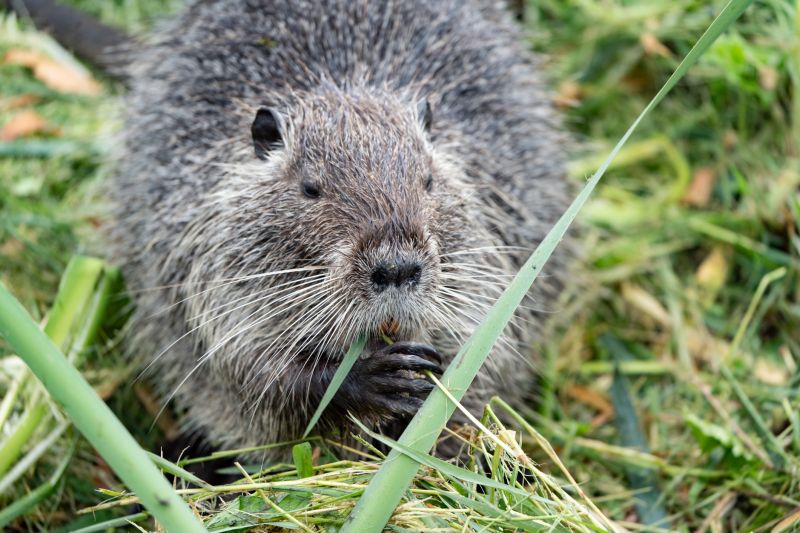

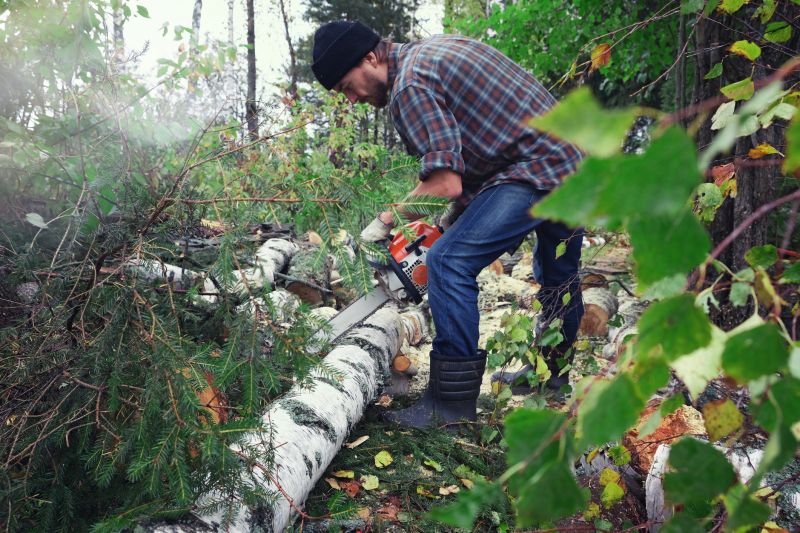
Beaver removal services involve identifying and safely removing beavers from residential or commercial properties. These professionals typically assess the property to determine how beavers are affecting the landscape, such as dam construction, flooding, or damage to trees and landscaping. The process often includes trapping and relocating the animals to ensure they are removed humanely and that their presence no longer causes issues. Service providers may also offer advice on preventing future beaver activity and repairing any damage caused by these industrious animals.
Beavers can pose a variety of problems for property owners. Their dam-building activities can lead to water backups, flooding lawns, gardens, or even basements, which can cause property damage and create safety hazards. Additionally, their activity can weaken tree roots, leading to fallen branches or trees, and disrupt drainage systems. For homeowners experiencing persistent flooding, damaged landscaping, or unusual water flow patterns on their property, beaver activity might be the underlying cause. Local contractors can help identify whether beavers are contributing to these issues and recommend appropriate removal strategies.
This service is commonly used on residential properties such as single-family homes, farms, and rural estates, especially those located near ponds, streams, or wetlands. Commercial properties near water features, parks, or golf courses may also seek beaver removal to prevent property damage and manage water flow. Properties with water management infrastructure or landscaping that has been affected by beaver activity are typical candidates for professional removal services. These efforts help maintain property integrity and prevent costly repairs caused by unchecked beaver activity.
Homeowners and property managers should consider beaver removal services when noticing signs like dam construction in water bodies, gnawed trees, flooding, or unusual water retention around their property. Prompt action can prevent extensive damage and help restore the natural balance of the landscape. Local service providers are equipped to handle these situations efficiently, offering humane removal and assistance with damage repair or prevention measures. Contacting a professional when beaver activity is suspected can be an effective way to address the problem and protect property investments.
The overview below groups typical Beaver Removal projects into broad ranges so you can see how smaller, mid-sized, and larger jobs often compare in Little Elm, TX.
In many markets, a large share of routine jobs stays in the lower and middle ranges, while only a smaller percentage of projects moves into the highest bands when the work is more complex or site conditions are harder than average.
Small-Scale Removal - Typical costs for removing a few beavers from a property in Little Elm, TX, range from $250 to $600. Many routine jobs fall within this middle range, depending on the size of the infestation and location. Fewer projects reach the higher end of this spectrum.
Moderate Damage Repair - When beaver activity has caused moderate damage to landscaping or structures, local contractors may charge between $600 and $1,500. Larger or more complex projects can push costs higher, but most fall within this range.
Extensive Habitat Modification - Projects involving pond or stream modifications to prevent future beaver issues typically cost $1,500 to $3,000. Many jobs in this category are mid-sized, with fewer reaching into the higher cost tiers.
Full Property Exclusion - Complete exclusion or large-scale habitat removal can range from $3,000 to $5,000 or more. Such projects are less common and usually involve significant work by local service providers in the area.
Actual totals will depend on details like access to the work area, the scope of the project, and the materials selected, so use these as general starting points rather than exact figures.
Dams and Pond Maintenance - professionals who build or repair dams and ponds often use similar planning and tools as those needed for beaver removal to manage water flow and prevent flooding.
Wildlife Damage Control - specialists handling various types of wildlife intrusion, such as raccoons or otters, utilize comparable trapping and exclusion techniques as those used in beaver removal.
Stream and Creek Restoration - contractors working on stream stabilization and erosion control employ similar skills in habitat assessment and waterway management as beaver control services.
Flood Prevention Projects - local contractors involved in flood mitigation use planning and water diversion tools akin to those used in managing beaver-related flooding issues.
Wetland Management - experts managing wetland areas often implement water level control and habitat protection strategies similar to beaver habitat management.
Property Drainage Solutions - specialists designing drainage systems for residential or commercial properties utilize comparable planning and excavation skills as those in beaver removal projects.
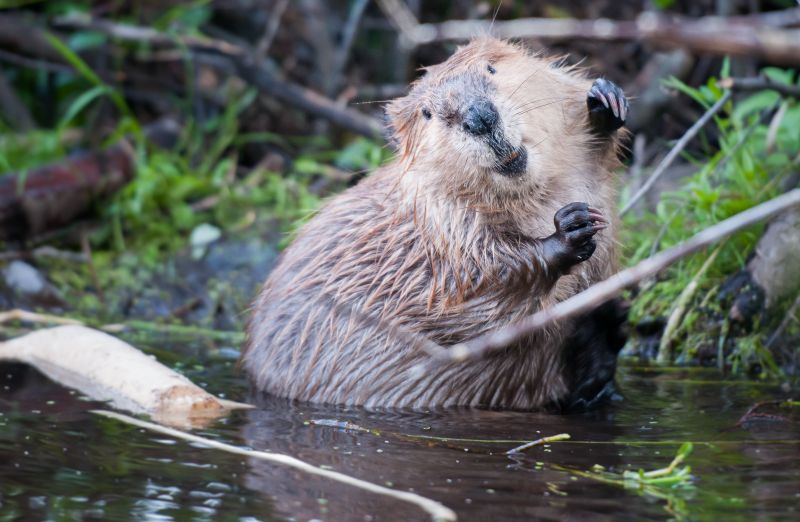
When comparing service providers for beaver removal in Little Elm, TX, it’s important to consider their experience with similar wildlife management projects. Homeowners should look for local contractors who have a proven track record of handling beaver-related issues, as this indicates familiarity with the specific challenges and effective solutions suited to the area. Asking for references or examples of past work can provide insight into their expertise and success in managing beaver populations safely and efficiently.
Clear, written expectations are essential when evaluating potential service providers. A reputable local contractor will be able to outline the scope of work, methods used, and any necessary follow-up actions in a transparent manner. This helps ensure that homeowners understand what to expect and can compare different options based on the clarity and professionalism of the communication. Well-defined expectations also serve as a foundation for a smooth working relationship and help prevent misunderstandings.
Good communication and reputable references are key indicators of a trustworthy beaver removal service. Homeowners should seek out local contractors who are responsive and willing to answer questions thoroughly, demonstrating a commitment to transparency and customer service. Checking references or reviews from previous clients can further confirm the provider’s reliability and quality of work. Remember, the site connects homeowners with local options, but the actual work will be handled by qualified service providers who can meet these important criteria.
Property owners in Little Elm, TX use Beaver Removal services for practical projects around their homes and businesses. This guide focuses on everyday jobs and straightforward project options.
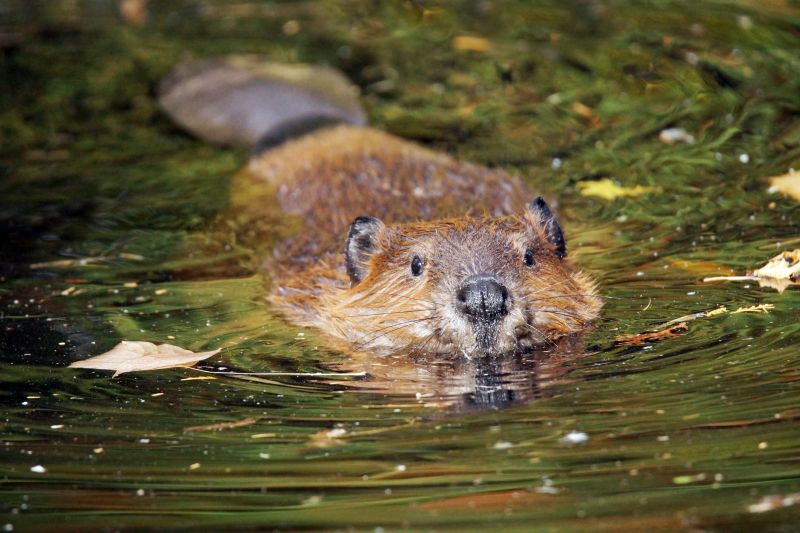
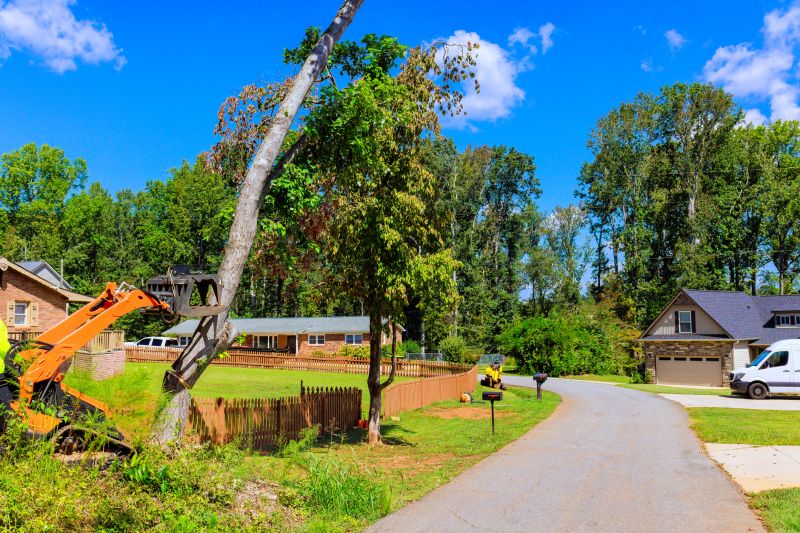
Beaver activity can sometimes become a concern for property owners in Little Elm, TX, especially when dams or burrowing threaten landscapes, drainage systems, or structures. Homeowners may notice increased water levels in ponds or wetlands, or find evidence of new burrows near foundations and landscaping. In such cases, local contractors experienced in wildlife removal can assess the situation and recommend appropriate measures to manage or remove beavers safely and effectively.
Property owners might seek beaver removal services when they experience flooding issues after beaver dams obstruct natural water flow or when trees and shrubs are damaged by beaver activity. Additionally, some may want to prevent further property damage or protect natural water features. Service providers in the area can handle these situations, providing humane and efficient solutions tailored to the specific needs of each property.
What signs indicate a beaver presence on my property? Look for chewed trees, dam construction near water sources, and tracks or footprints around your land.
Are beaver removal services suitable for residential properties? Yes, local contractors offer beaver removal solutions tailored to residential areas and private properties.
What methods do service providers use to remove beavers? They typically use trapping, dam removal, and habitat modification techniques to safely and effectively handle beaver issues.
Can beaver removal help prevent property damage? Yes, professional removal can reduce the risk of flooding, tree damage, and other issues caused by beaver activity.
How can I find qualified beaver removal experts nearby? Use local service directories or lead generation platforms to connect with experienced contractors in Little Elm, TX, and surrounding areas.
Preventative Measures - Property owners can schedule regular inspections with local contractors to identify beaver activity early and reduce potential damage.
Habitat Management - Homeowners may work with service providers to modify landscaping or water features that attract beavers to their property.
Damage Repair - When beavers cause flooding or tree damage, local pros can assist with restoring affected areas and preventing further issues.
Exclusion Solutions - Property owners can explore installation of barriers or fencing to keep beavers from entering specific zones around their property.

If you are thinking about Beaver Removal for a property in Little Elm, TX, this guide is meant to help you understand the work, the typical project types, and how different options might fit your plans.
When you are ready, you can use the quote form on this page to share a few details about your project. From there, local pros can review the basics and respond with options that match what you have in mind.



